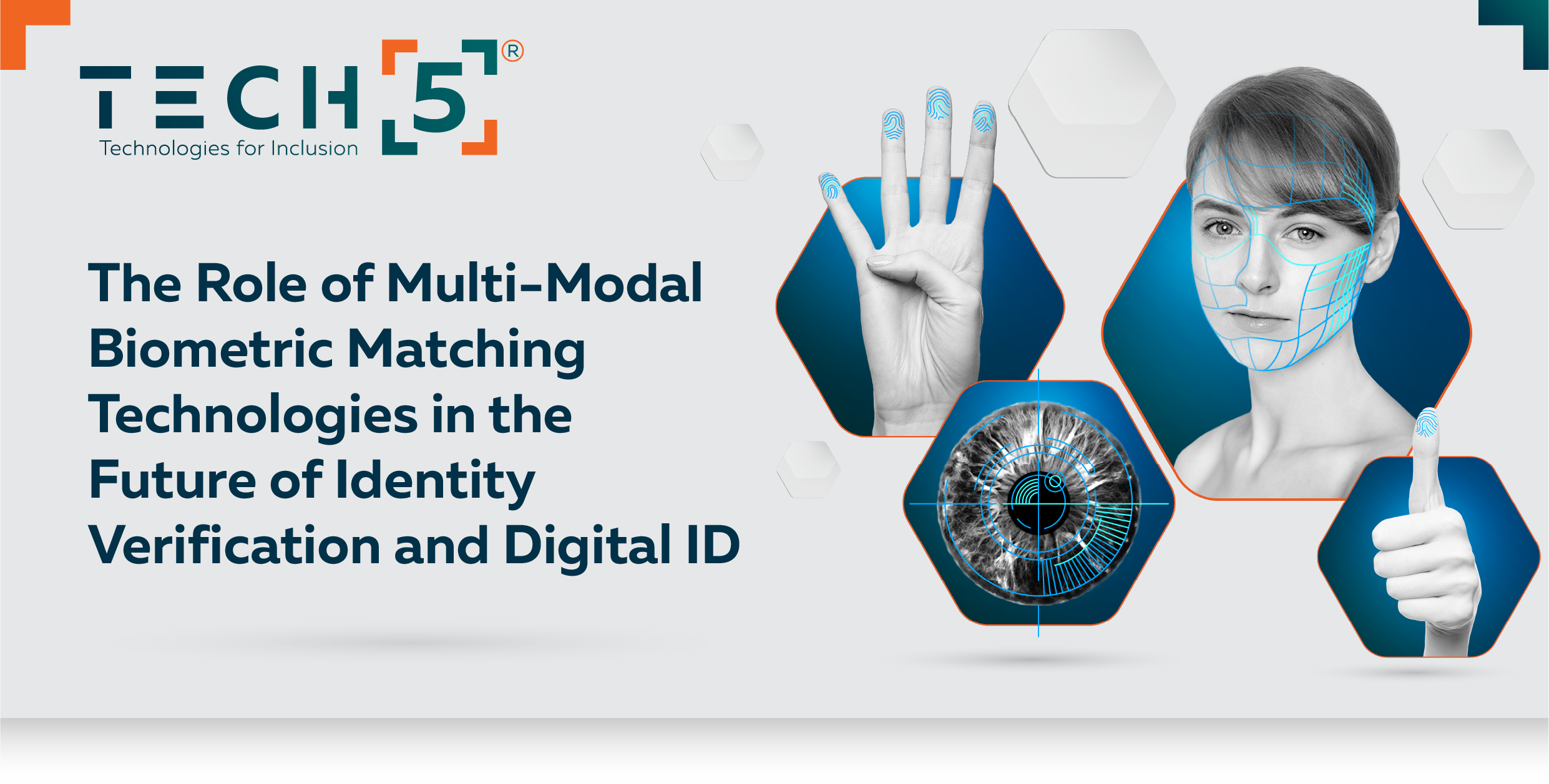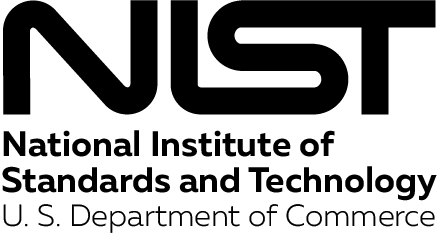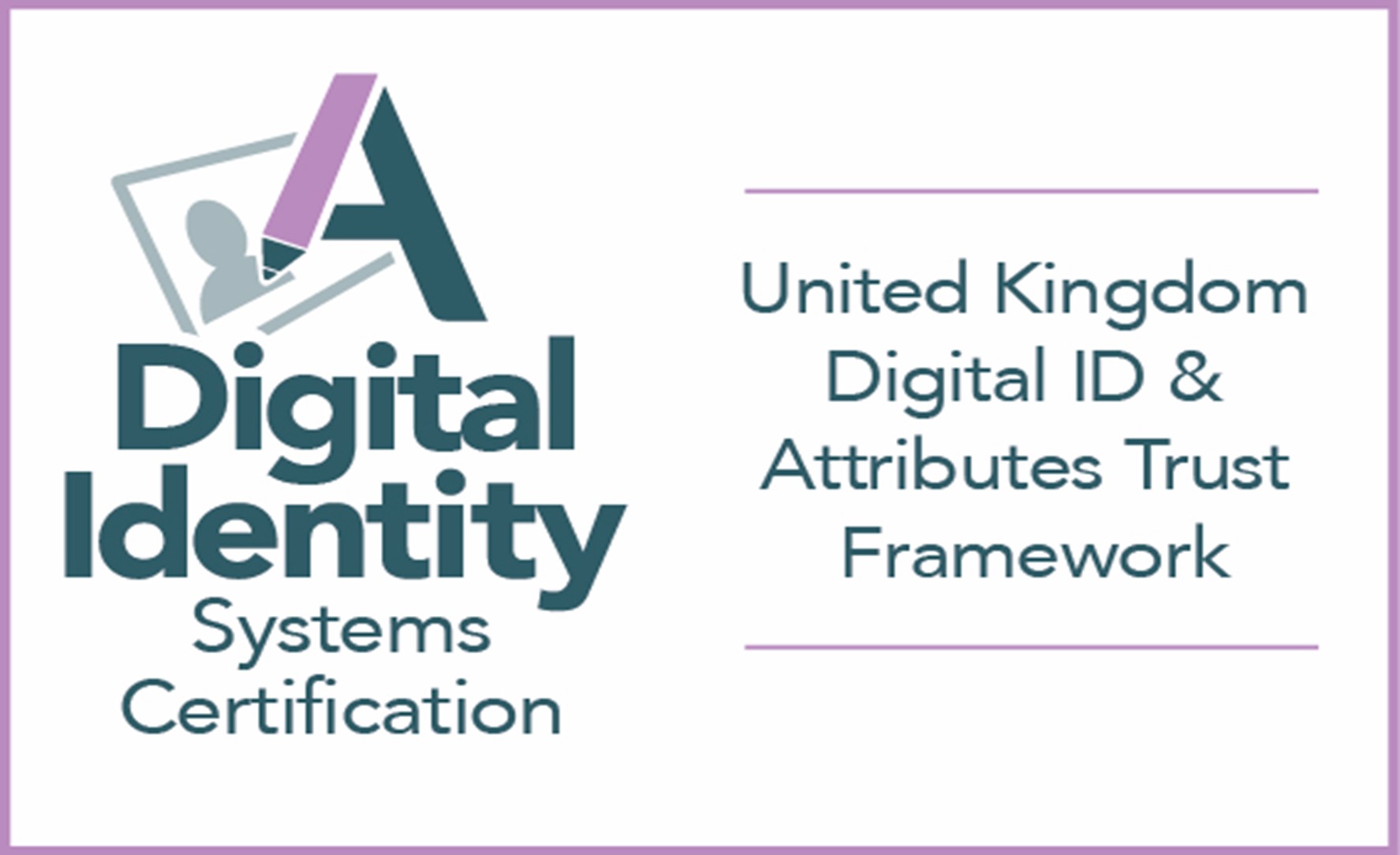
INTRODUCTION
Biometric verification and authentication became a part of our lives years ago and are now ubiquitous – they are used on our mobile phones for access to data and services, for interactions with our banks and governments, at airports, offices, and more.
The most widespread biometric modality is, of course, face. Many organizations, along with the companies supporting them with technology, focus primarily on face biometrics because it has become the standard, and because all ID documents include a photo. Whether in an onboarding scenario or for later authentication, what could be easier than taking a selfie?
Despite the convenience, speed, and matching accuracy offered by face recognition, achieved thanks to the latest biometric algorithms powered by artificial intelligence, there is still a significant risk of fraud. This risk persists, despite the application of facial liveness detection technologies, due to the use of deepfakes and other spoofing techniques by those attempting to gain unauthorized access to data. Face images can be hacked, replicated, spoofed, and otherwise misused, primarily due to the widespread availability of millions of photos online, including on social media.
How can we protect an identity against deepfakes? What other measures can governments and enterprises implement to ensure the security of identity data? In this article, we will explore the importance of multi-modal biometric matching and digital ID systems for identity verification and examine its impact on accuracy and efficiency in the fight against fraud and the protection of human identity.
WHY ARE MULTI-MODAL BIOMETRIC MATCHING SYSTEMS ESSENTIAL FOR IDENTITY VERIFICATION AND DIGITAL ID?
Using a range of biometric modalities offers a higher level of flexibility and security for digital onboarding and verification processes, as compared to a single modality. Users can undergo verification using a selected modality suitable for the use case or a combination of modalities, increasing the level of assurance for the verifying party.
Multi-modal biometric matching systems are essential for identity management and verification because they provide a higher level of accuracy, security, inclusivity, flexibility, and convenience for the user compared to single-modal systems. Let’s discuss each aspect separately.
Accuracy
![]() Verification using several biometric modalities offers a higher level of accuracy than relying on a single biometric modality because it leverages the inherent uniqueness of multiple physical characteristics, such as fingerprints, facial features, and iris scans. The multi-modal approach not only enhances security by making it more challenging for unauthorized users to mimic or spoof multiple biometric traits but also increases overall robustness by accounting for variations in data quality, environmental conditions, or changes in an individual’s biometric characteristics over time, ensuring a more reliable and foolproof means of identity authentication.
Verification using several biometric modalities offers a higher level of accuracy than relying on a single biometric modality because it leverages the inherent uniqueness of multiple physical characteristics, such as fingerprints, facial features, and iris scans. The multi-modal approach not only enhances security by making it more challenging for unauthorized users to mimic or spoof multiple biometric traits but also increases overall robustness by accounting for variations in data quality, environmental conditions, or changes in an individual’s biometric characteristics over time, ensuring a more reliable and foolproof means of identity authentication.
Security
![]() What makes multi-biometric systems more secure than facial recognition technologies alone? There are several factors, including a lack of openly available data for the mass
What makes multi-biometric systems more secure than facial recognition technologies alone? There are several factors, including a lack of openly available data for the mass
creation of fake (non-face) biometrics, and difficulty in forging more than one modality at a time.
Multi-modal biometric systems are more resilient to spoofing and fraudulent attempts, making them a critical tool in safeguarding sensitive information, securing access to critical infrastructure, and improving user experiences in a wide range of applications, from mobile devices and access control to financial services and government identification.
As the technologies enabling deepfakes and similar attacks become more widespread, it becomes more and more essential to not rely only on face biometrics for the future of
identity verification and Digital ID, allowing us to protect the identity at every stage of its lifecycle.
Flexibility and Convenience for the User
 Verification using several biometric modalities offers a higher level of flexibility and convenience for users by harnessing the unique advantages of multiple biometric characteristics. This approach ensures a robust and user-friendly authentication experience and accommodates diverse scenarios, environmental conditions, and user preferences, as individuals can choose the modality most suitable for the given context.
Verification using several biometric modalities offers a higher level of flexibility and convenience for users by harnessing the unique advantages of multiple biometric characteristics. This approach ensures a robust and user-friendly authentication experience and accommodates diverse scenarios, environmental conditions, and user preferences, as individuals can choose the modality most suitable for the given context.
Inclusion
![]() By combining multiple biometric modalities such as, for example, fingerprint, face, and iris, these systems allow to not only enhance security by reducing the risk of false positives and impersonation but also accommodate individuals with varying physical characteristics and disabilities, ensuring inclusivity.
By combining multiple biometric modalities such as, for example, fingerprint, face, and iris, these systems allow to not only enhance security by reducing the risk of false positives and impersonation but also accommodate individuals with varying physical characteristics and disabilities, ensuring inclusivity.
UNLOCKING MULTI-MODAL BIOMETRIC MATCHING FOR DIGITAL IDS

Once issued, a multi-biometric digital ID ensures a higher level of accuracy in identity verification and increases the number of verification options compared to Digital IDs without any biometrics or using only one modality. But what is required to create a multi-modal biometric Digital ID?
The good news is that, in many countries, the foundational ID databases used by governments to establish root identities are, in fact, based on multi-modal biometrics, even if the ID documents themselves only contain a photo. Many of these databases have iris and fingerprint data backing up the portrait for faster matching and higher accuracy. This allows for the enrollment of multiple biometrics into a digital ID from the foundational ID database of the country without the need to perform additional biometric data collection.
If a foundational ID database or any other database used for the issuance of a digital ID contains data for only one biometric modality, to ensure multi-modal verification capabilities, the ID issuer needs to collect biometrics for other modality or modalities. The biometric data collection process can be optimized by implementing technologies for remote contactless biometric capture, available for face, voice, and fingerprint biometrics. This allows for fast, accurate and cost-effective biometric acquisition without the need for users to visit the enrollment point.
LEADING THE WAY IN DEVELOPING LARGE-SCALE MULTI-MODAL BIOMETRIC AND DIGITAL ID PLATFORMS

Only a handful of biometric vendors worldwide have algorithms for three or more biometric modalities developed in-house, along with capture and matching systems based on them.
TECH5 is among the pioneering international industry players that have not only developed multi-biometric matching platforms for face, fingerprint and iris biometrics but have also created groundbreaking contactless capture technologies for mobile devices for both face and fingerprint modalities, as well as platforms for digital ID issuance, serving the entire identity lifecycle.
Based on Expertise and Experience
TECH5 specializes in the development of highly scalable biometric technologies and platforms capable of matching a person’s biometrics against data sets that can expand to hundreds of millions. These platforms are built on the experience that the team has gained from the implementation of very large deployments, such as the India AADHAAR program, which enrolled 1.3 billion individuals.
TECH5 has invested in AI-based technologies across three biometric modalities: face, fingerprint, and iris, with the goal of developing fully inclusive identification and authentication platforms with a zero-error rate.
Today, TECH5’s state-of-the-art, highly scalable platforms serve a multitude of business cases and are already deployed on several continents, serving more than 400 million identities.
Tested and Certified Technologies

NIST. A combination of sustained investment and single-minded dedication to the development of biometric modalities that capitalize on AI has resulted in TECH5’s algorithms being consistently ranked in the top tier of NIST ranking. NIST (the National Institute of Standards and Technology) is an Internationally recognized USA Government agency performing ongoing testing and ranking of biometric algorithms.
 DISC. TECH5’s technologies meet the requirements of the United Kingdom Digital Identity and Attributes Trust Framework. The TECH5 SA ACCS /DISC certificate of conformance certifies a component supply to companies wishing to offer services to establish official identity for digital use and covers TECH5 contactless biometric capture for integration into client IdSP’s (Identity Service Provider) ID verification systems, including liveness, identification, matching and Digital ID credential issuance.
DISC. TECH5’s technologies meet the requirements of the United Kingdom Digital Identity and Attributes Trust Framework. The TECH5 SA ACCS /DISC certificate of conformance certifies a component supply to companies wishing to offer services to establish official identity for digital use and covers TECH5 contactless biometric capture for integration into client IdSP’s (Identity Service Provider) ID verification systems, including liveness, identification, matching and Digital ID credential issuance.
 iBeta. TECH5’s T5-AirSnap Finger application was tested by iBeta to the ISO 30107-3 Biometric Presentation Attack Detection Standard and was found to be in compliance with PAD Level 1. iBeta is accredited by NIST (National Institute of Standards and Technology) NVLAP as an Independent Test Lab and conducts the ISO Presentation Attack Detection testing in accordance with the ISO/IEC 30107-3 standard and in alignment with the ISO/IEC 30107-1 framework.
iBeta. TECH5’s T5-AirSnap Finger application was tested by iBeta to the ISO 30107-3 Biometric Presentation Attack Detection Standard and was found to be in compliance with PAD Level 1. iBeta is accredited by NIST (National Institute of Standards and Technology) NVLAP as an Independent Test Lab and conducts the ISO Presentation Attack Detection testing in accordance with the ISO/IEC 30107-3 standard and in alignment with the ISO/IEC 30107-1 framework.

T5-AirSnap Finger is a patented innovative technology for contactless fingerprint capture developed by TECH5. In PAD (Presentation Attack Detection) testing, TECH5’s fingerprint capture algorithm showcased outstanding performance with 0% APCER (Attack Presentation Classification Error Rate), ensuring no spoofs were misidentified as live fingerprints, and 0% BPCER (Bona Fide Presentation Classification Error Rate), guaranteeing no live fingers were incorrectly classified as spoofs.
Secure and Private
 TECH5 bases the development of all company’s identity management technologies and solutions on the principles outlined in the World Bank Group’s ID4Development framework. ID4D supports countries by facilitating access to peers, technical experts and practitioners in digital identification planning, implementation and related topics.
TECH5 bases the development of all company’s identity management technologies and solutions on the principles outlined in the World Bank Group’s ID4Development framework. ID4D supports countries by facilitating access to peers, technical experts and practitioners in digital identification planning, implementation and related topics.
One of TECH5’s core principles is the preservation of private data, ensuring it remains accessible only to its authorized holders. TECH5’s technologies are designed to shield people from potentially fraudulent activities and the risk of misuse, while also facilitating the secure inclusion of billions into the economy.
Multi-Biometric Digital IDs of the Future
 TECH5 is a company that innovates to realize the digital IDs of the future. The team is focused on developing inclusive biometric and digital ID technology offerings through the application of AI (Artificial Intelligence) and Machine Learning technologies. TECH5 works on empowering its customers to build effective and responsible digital identity management solutions secured by biometrics.
TECH5 is a company that innovates to realize the digital IDs of the future. The team is focused on developing inclusive biometric and digital ID technology offerings through the application of AI (Artificial Intelligence) and Machine Learning technologies. TECH5 works on empowering its customers to build effective and responsible digital identity management solutions secured by biometrics.
T5-Digital ID allows for:
-
-
-
-
-
- Fast and accurate multi-biometric contactless capture using the camera of a mobile phone.
- Multi-biometric identification and deduplication of every user against the entire national-scale database within seconds.
- Frictionless issuance of a credential stored in a secure digital container – T5-Cryptograph – that can be used in an electronic or printed format.
- Online and completely offline multi-biometric verification of a digital ID against its holder.
Digital IDs powered by TECH5’s technologies are one step ahead of other IDs available today, allowing the users to fully own and control their identity.
CONCLUSION
The use of multi-modal biometric matching technologies is crucial to ensure the inclusion, high accuracy, and efficiency of national-scale identity programs, including those implementing Digital IDs. TECH5, experienced in developing and implementing the world’s largest biometric programs, is leading the way in developing large-scale multi-modal biometric and digital ID platforms powered by face, fingerprint, and iris biometric matching technologies, and is an ideal technology provider that can be instrumental for governments and enterprises in building digital ID systems of the future that utilize multiple biometrics.
-
-
-
-

